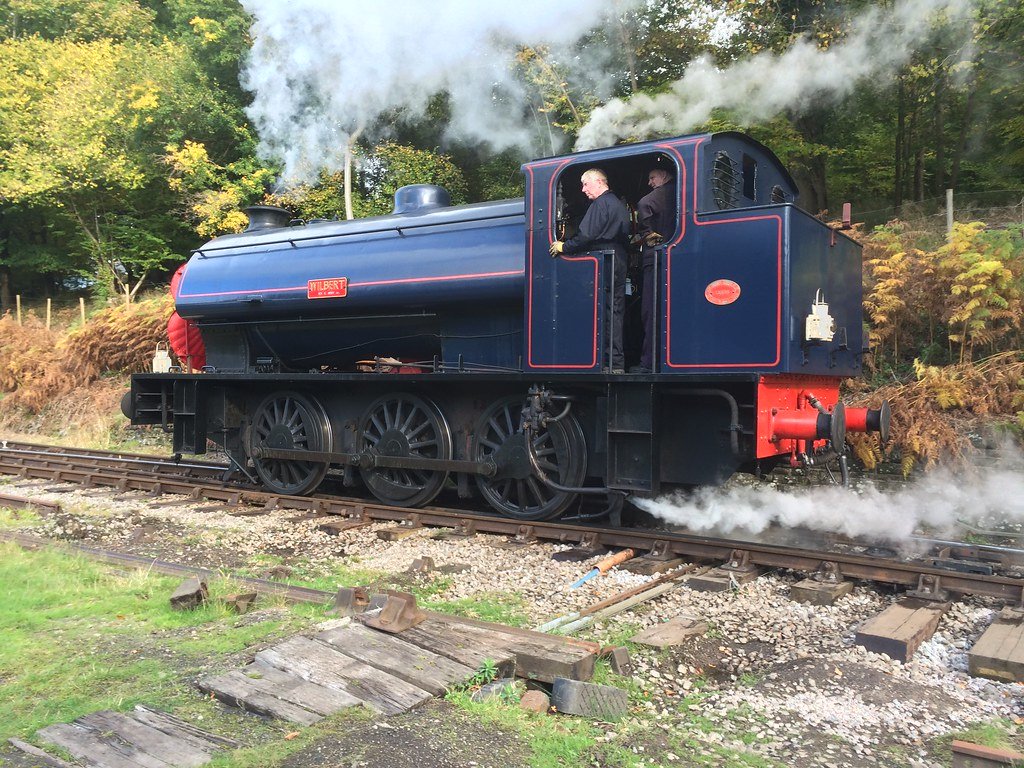
The China Railway Museum, headquartered in Beijing, stands as the country’s premier institution dedicated to preserving and showcasing the evolution of rail transport in China. Its history reflects not only the development of the museum itself but also the broader trajectory of Chinese railway engineering, innovation, and national pride.
The museum traces its origins to the 1950s, when the Ministry of Railways (MOR) created a temporary exhibit for the Economic Achievements Exhibition in Beijing, celebrating the tenth anniversary of the People’s Republic of China. This exhibit laid the groundwork for a more permanent institution, leading to the establishment of the Central Technical Library in 1958. Over time, this evolved into the MOR Science and Technology Museum, which focused on promoting railway-related research and education.
A major turning point came in 2002, when the museum’s locomotive exhibition hall opened to the public. On September 1, 2003, it was officially renamed the China Railway Museum, marking its transformation into a national-level institution. In October 2009, the Beijing Railway Museum, located in the historic Zhengyangmen East Railway Station, was integrated into the China Railway Museum as its downtown branch.
Today, the museum operates across three branches:
The museum’s exhibitions not only document technological milestones but also reflect China’s socio-political shifts. From early foreign-built lines to the rise of domestic engineering and the advent of high-speed rail, the museum captures the transformation of China’s railways from colonial-era infrastructure to a symbol of modernity and global leadership.
Visitors to the museum can explore full-size locomotives, interactive simulators, and historical documents. The Eastern Suburbs branch is particularly popular among railway enthusiasts, offering a hands-on experience with restored engines from China and abroad. Meanwhile, the downtown Zhengyangmen branch provides a more narrative-driven journey through railway history, ideal for casual visitors and students.
Admission fees are modest, and some branches offer free entry to minors and seniors. The museum continues to serve as a vital educational and cultural resource, preserving the legacy of Chinese railways while inspiring future generations of engineers and historians.
This historical summary was generated using AI and is based on publicly available sources including Wikipedia, Travel China Guide, bjchy.gov.cn, and Visit Beijing.